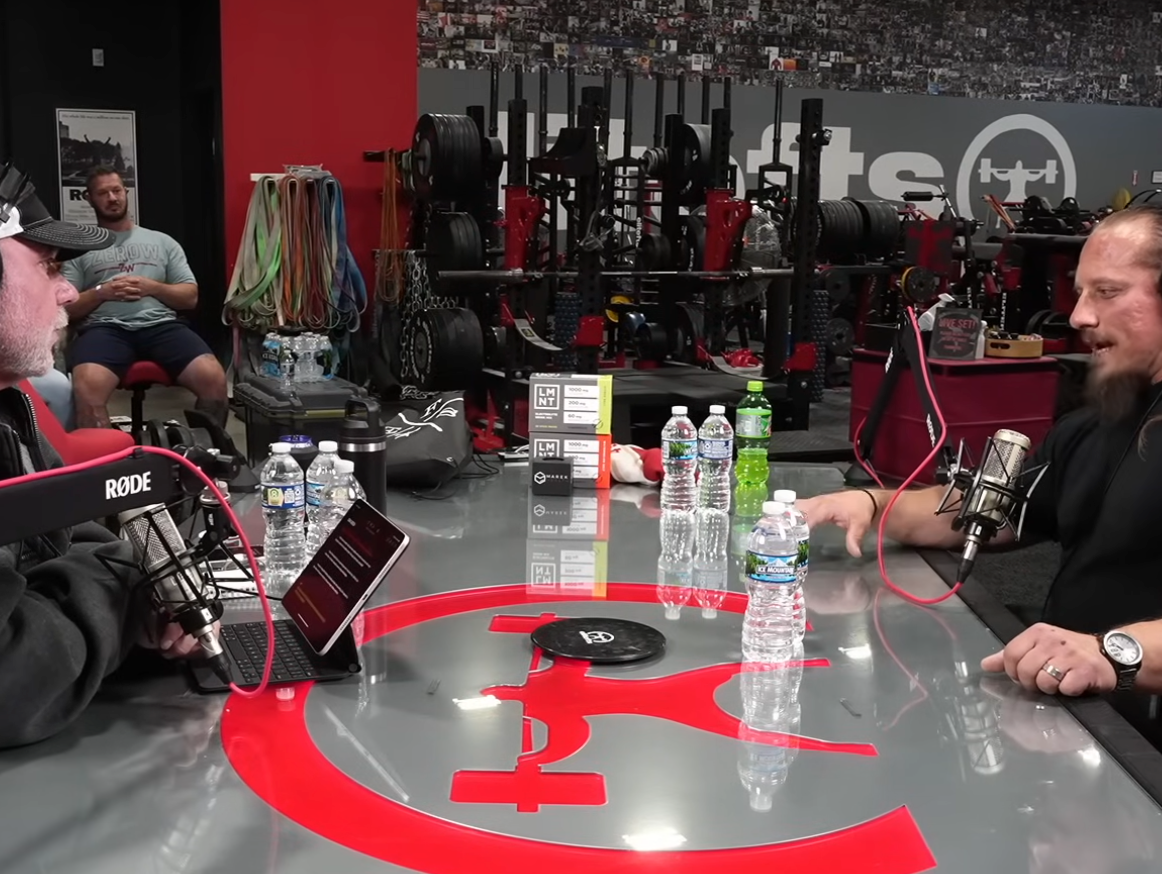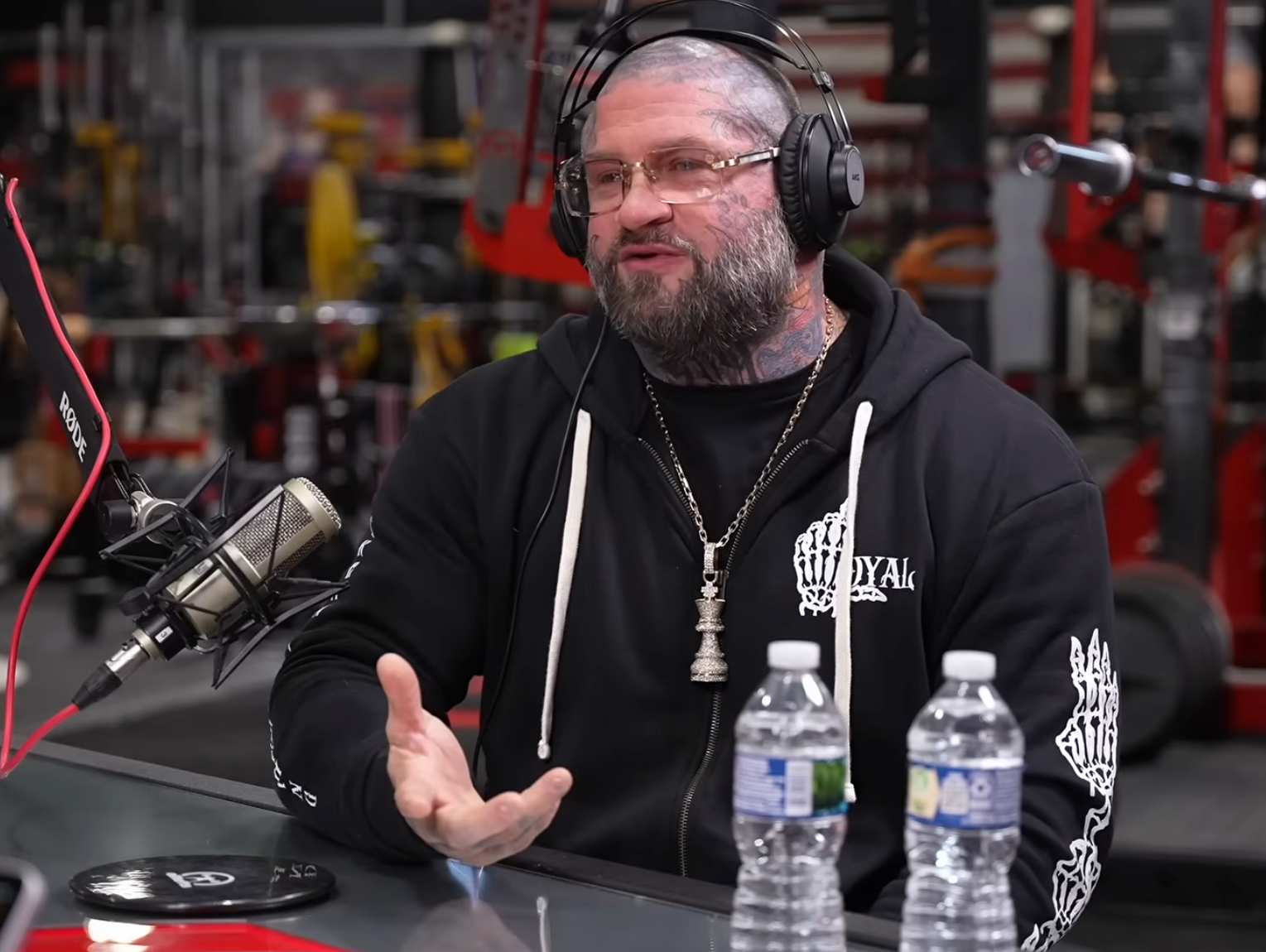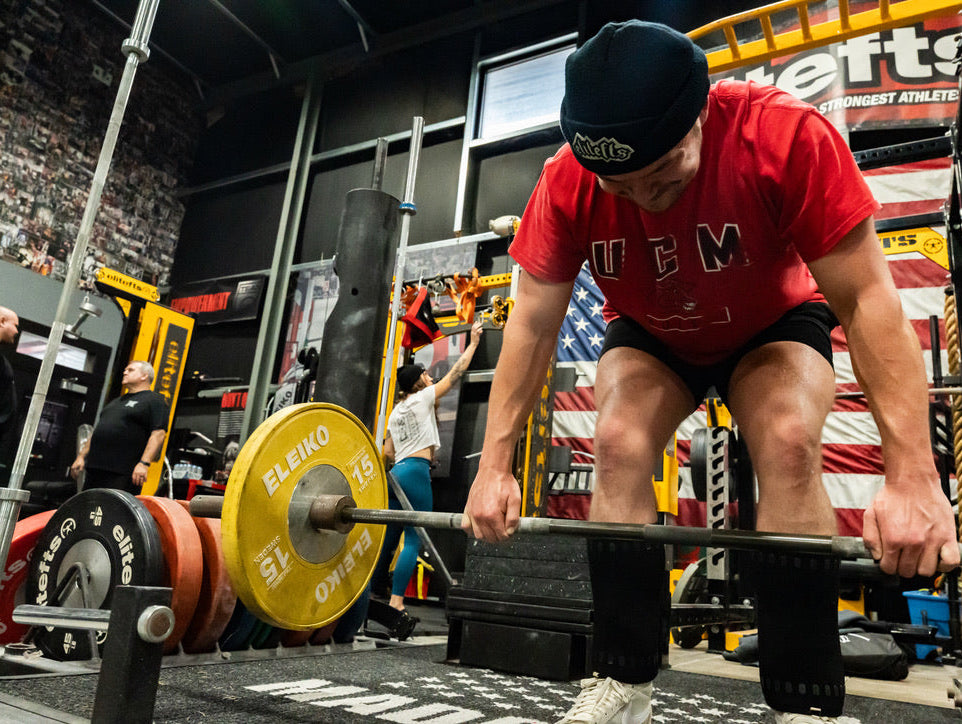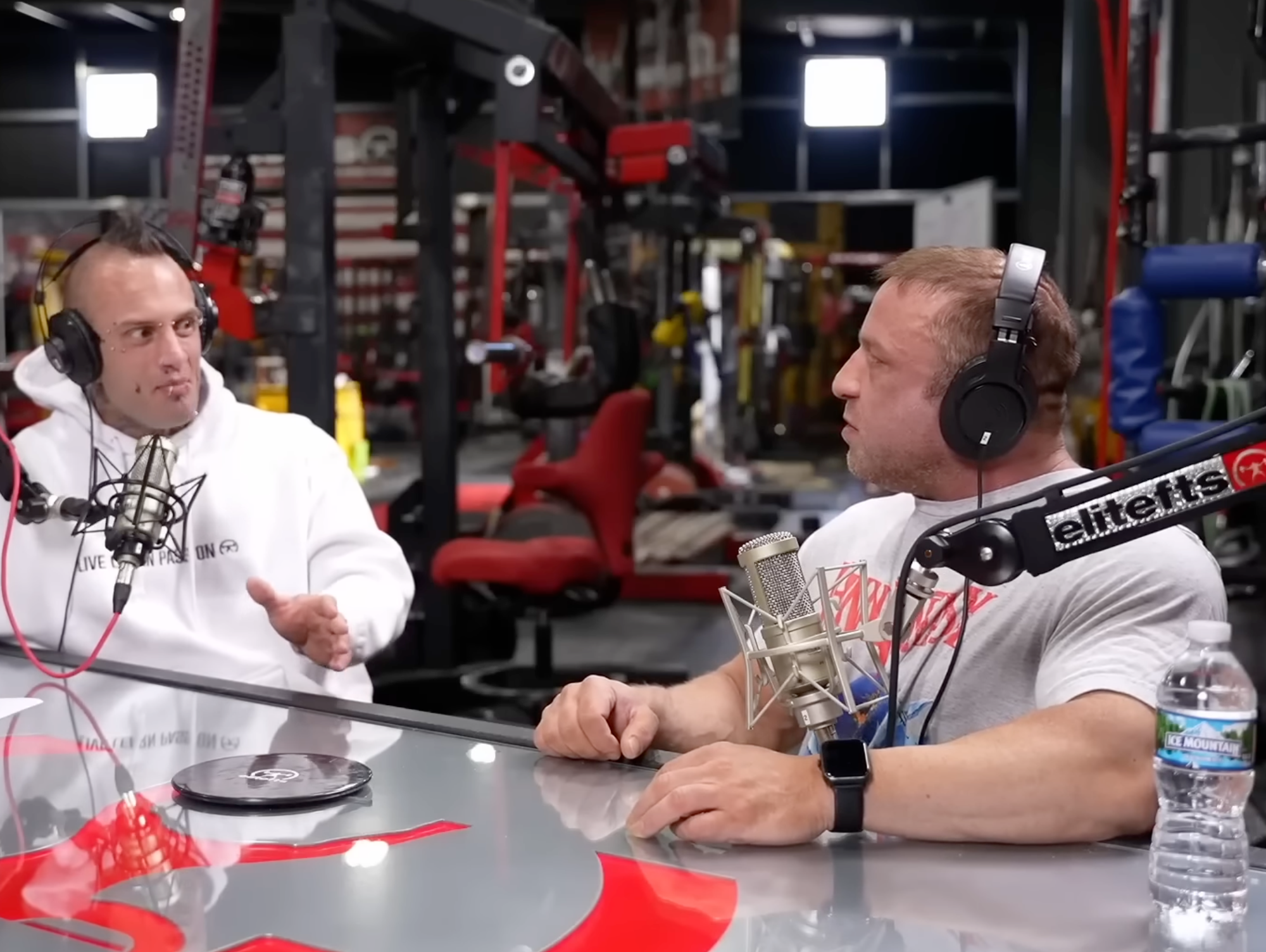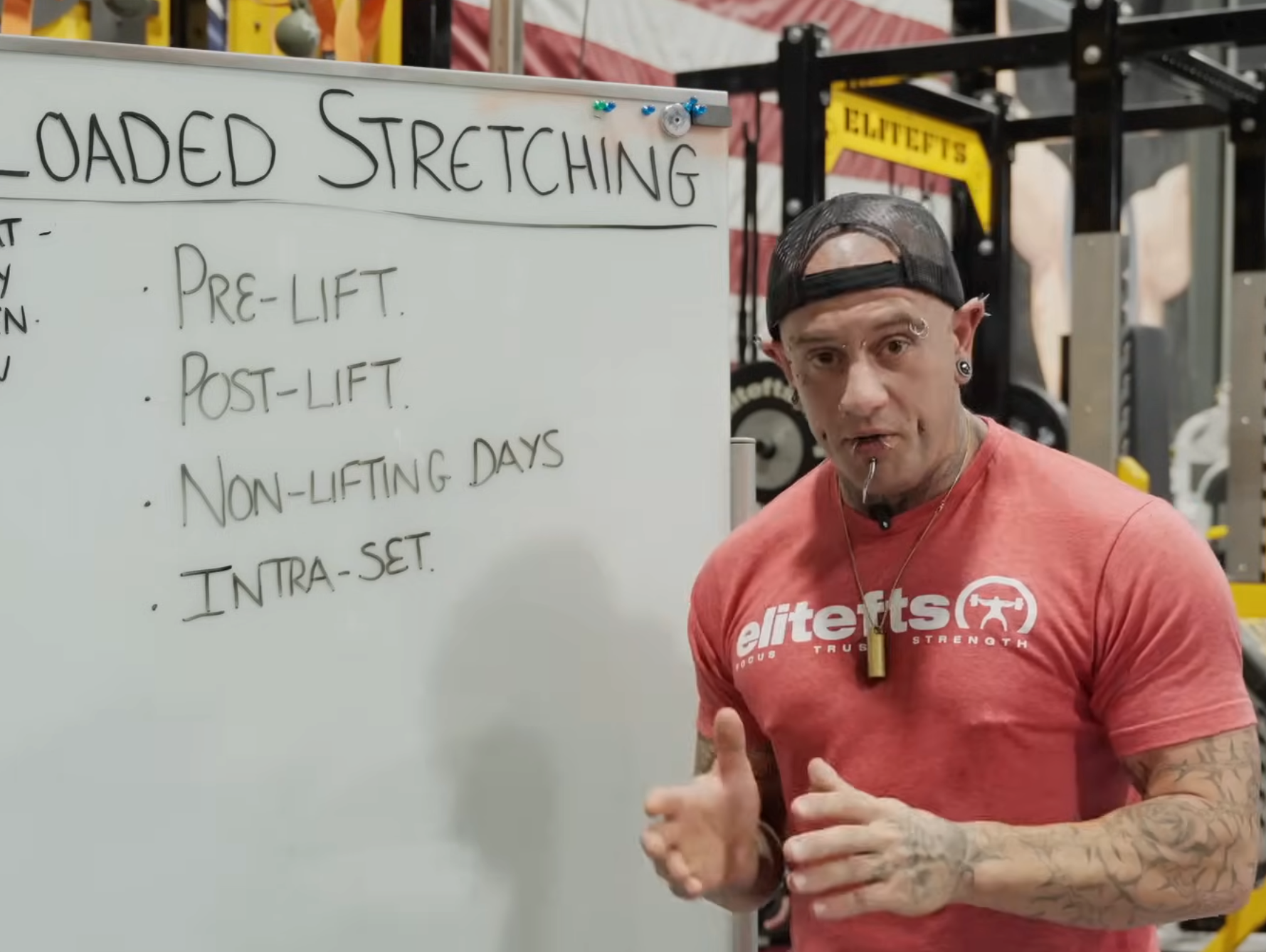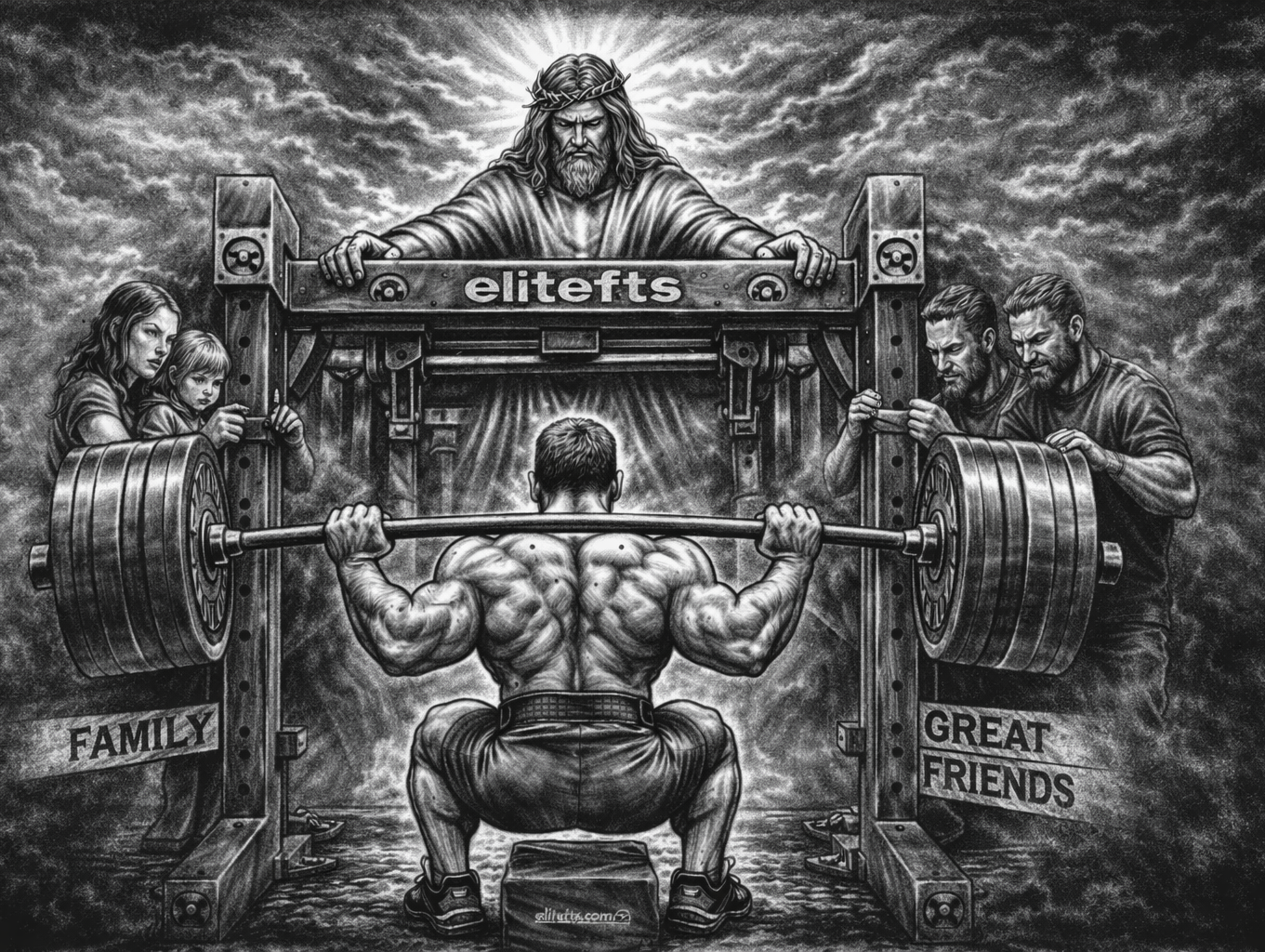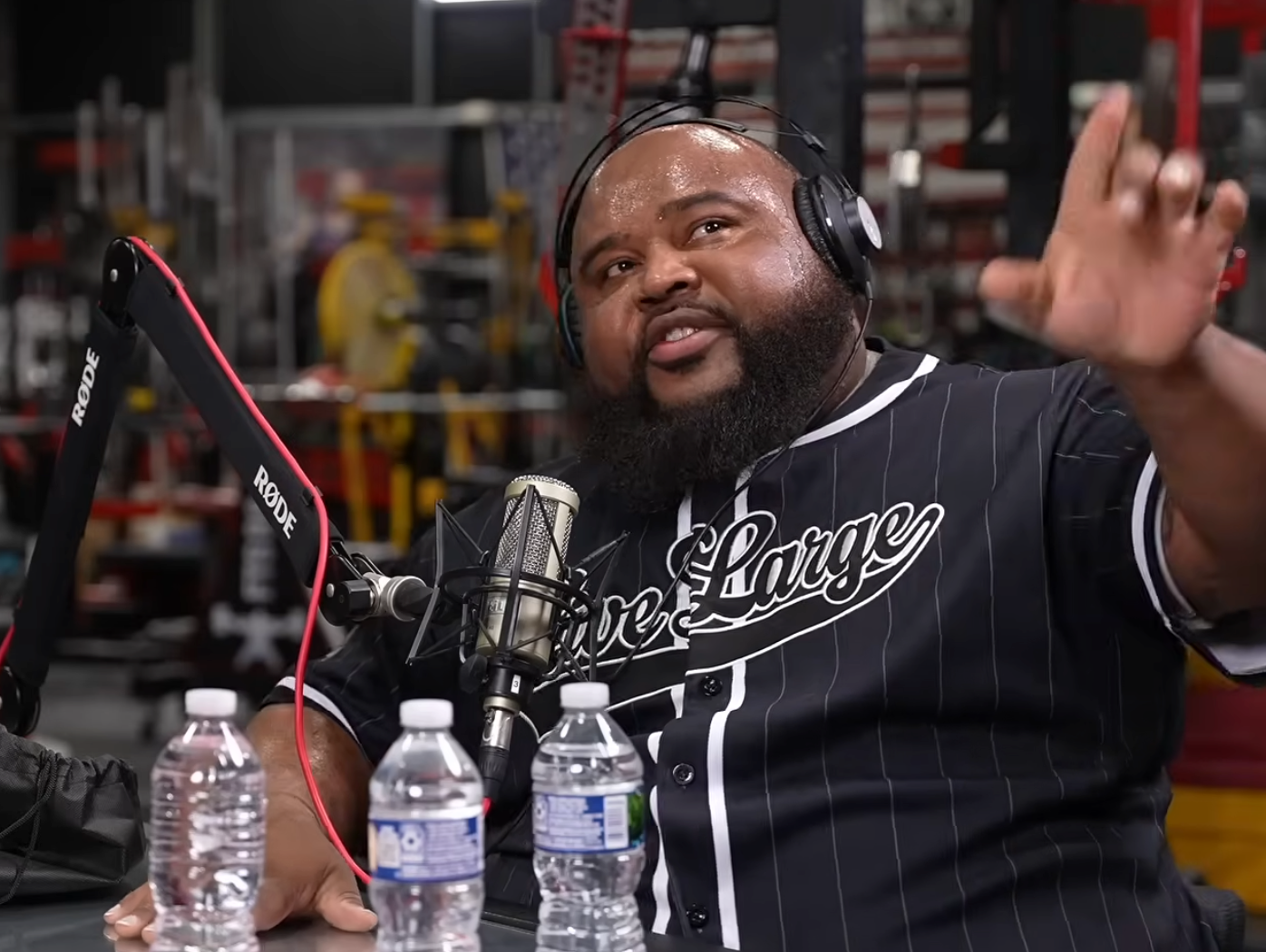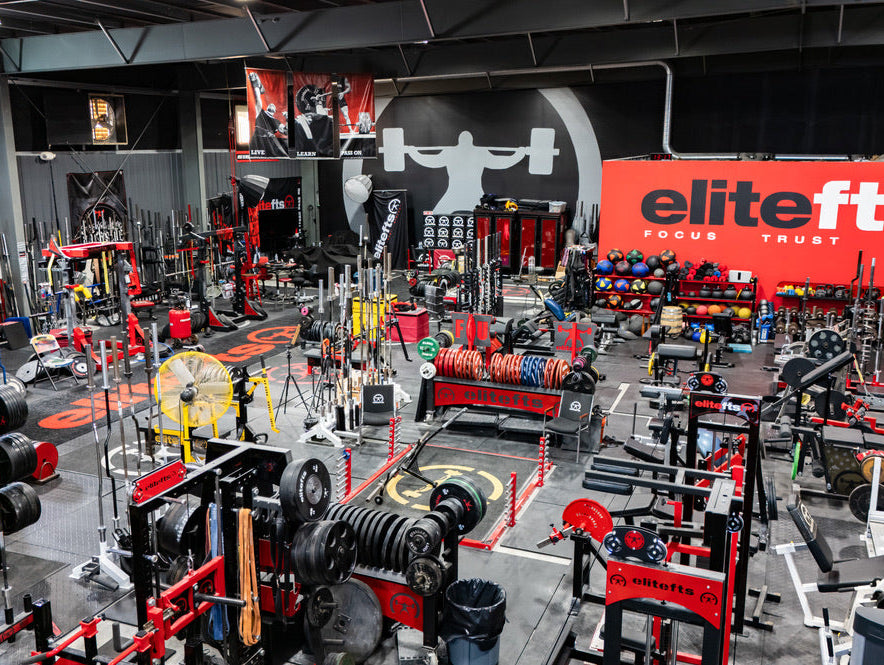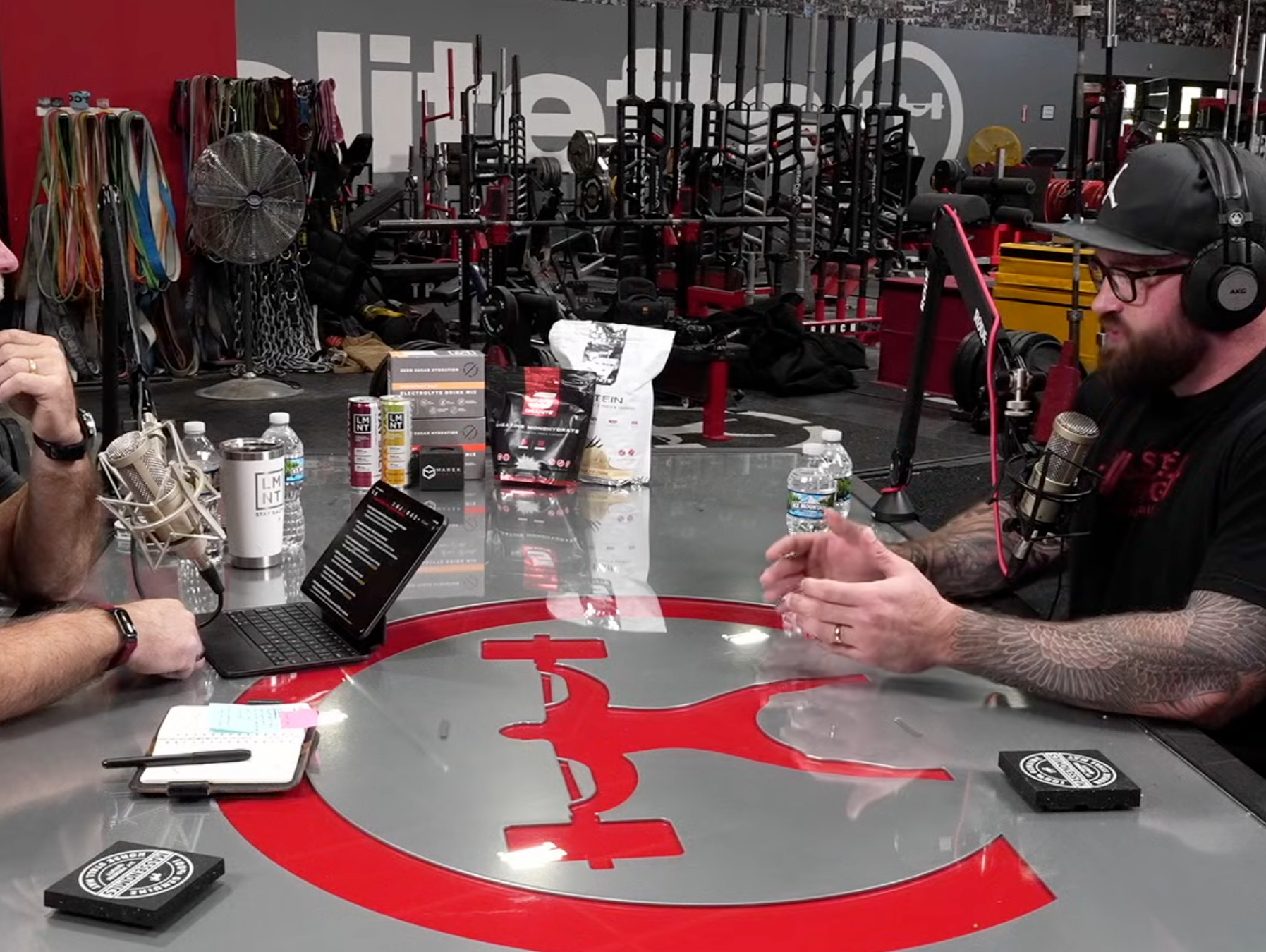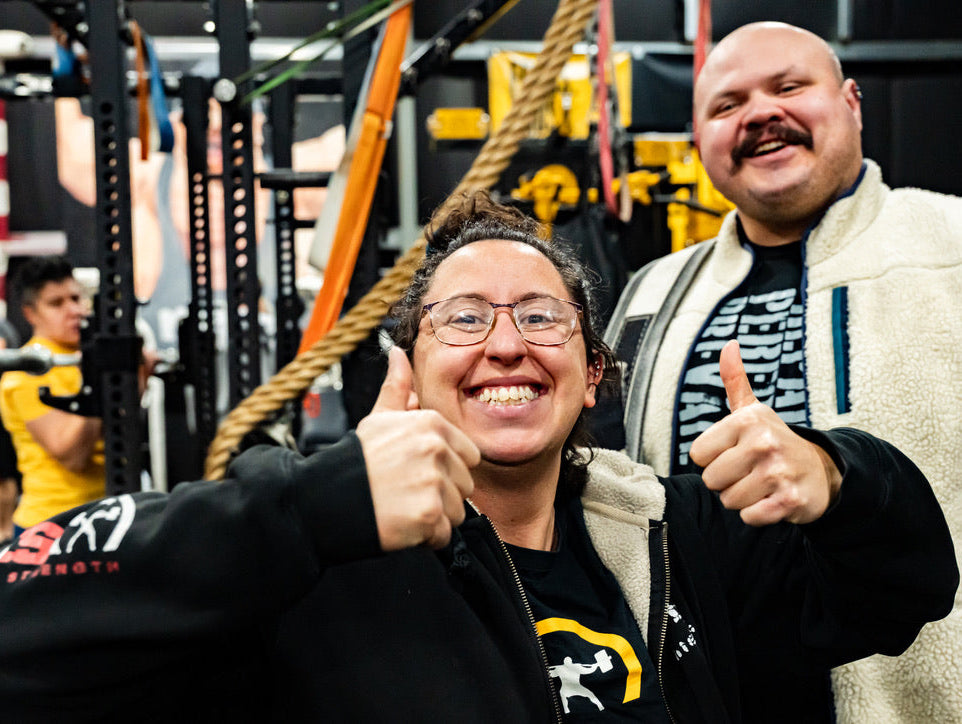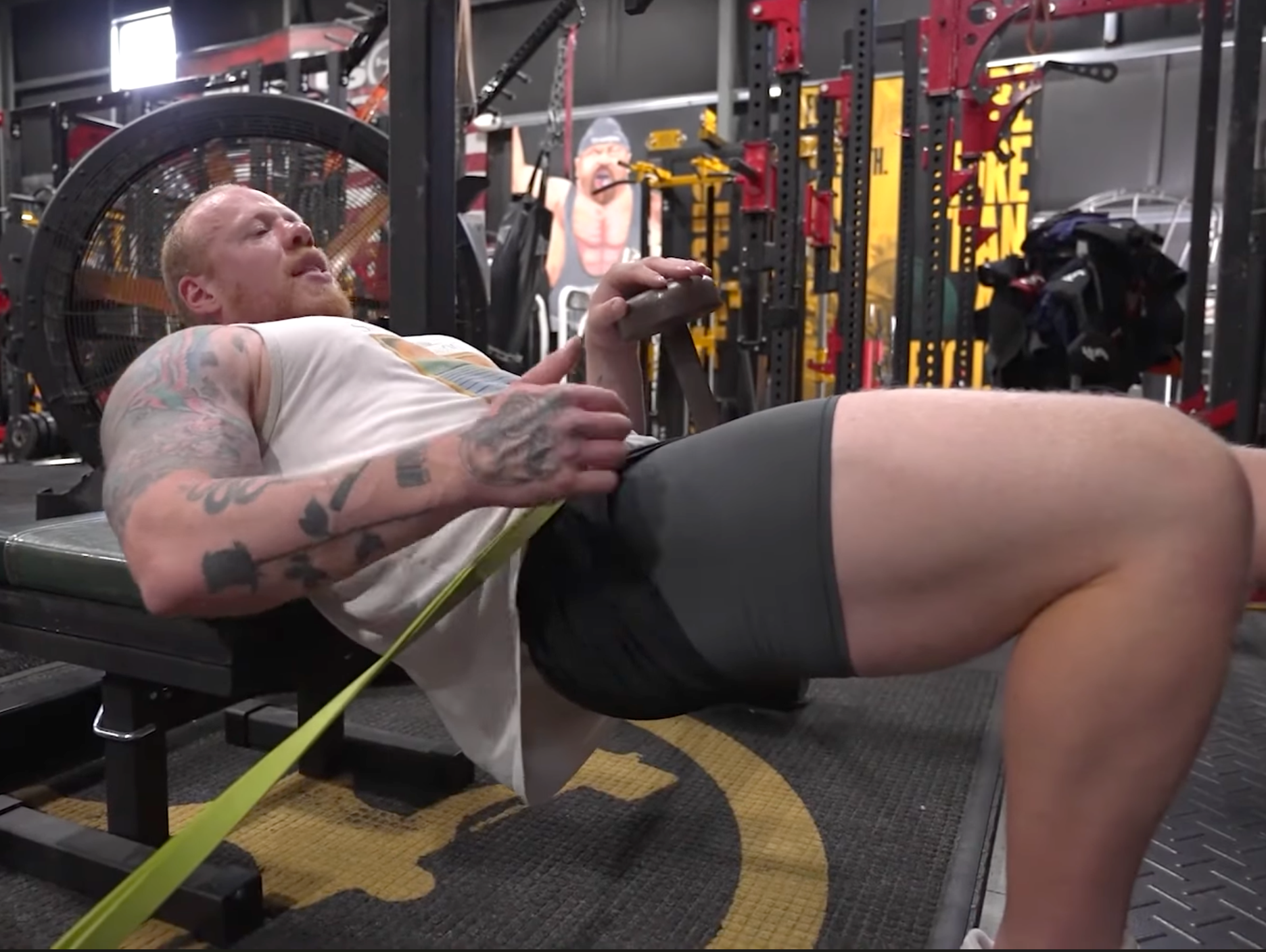training
Legends Are Never Forgotten
Time has a way of humbling lifters. You stop worrying about who’s right and start recognizing who lasted. The legends weren’t always popular — they were just consistent long enough for everyone else to catch up. When you’ve been around this long, you realize that respect always arrives late, but it’s the only thing that sticks.
From a Prison Cell to a Barbell Club: The Story of Shaun Kopplin
Shaun Kopplin's life pivoted around 2014 when powerlifting became a crucial path, helping him focus and deal with the grief following his brother's death after he had struggled with criminal activity and drug addiction. After time in solitary confinement, he focused on lifting weights to maintain a trajectory that kept him out of prison, eventually founding Wolfpack Barbell and Cream City Clothing.
Why Your Grip Strength Is Limiting Every Power Lift
Consider this: your body can only apply as much force as your grip can withstand. If your hands can’t control the bar, your power leaks before it even transfers through your arms and torso.
4 Muscle-Building 'Rules' That Are Secretly Making You Fatter
Eating hundreds or thousands of extra calories is often "absurd" because the body can typically only generate three to five pounds of new muscle per year, making massive surpluses unnecessary. Rather than traditional bulking, a "maingaining" approach focuses on keeping body fat levels neutral while progressively increasing strength on key lifts over several months.
7 Surprising Ways ‘Loaded Stretching’ Unlocks More Muscle, Strength, and Mobility
The longer we're spending in that stretch position actively lengthening and relaxing those target muscles we are going to be spending more and more time in a lengthened position but also getting further into that stretch position which is going to leave us more mobile than when we started. Now these are going to be more effective for mobility than traditional static stretches as well because we have the external load helping us.
Reverend Tony’s Squat Sermon
A 385-pound preacher once used a 1,000-pound squat to illustrate life, faith, and teamwork. His message was simple: you can take on a heavier weight when your family, friends, and purpose are solid, because nobody moves their biggest load alone.
Volume Swings
Lifters chase novelty because the body adapts, and the mind gets bored. High-volume builds a base, while low-volume refines it. The pendulum keeps swinging because both work — for a while. What matters is not the method but the phase of life you’re in.
The Powerlifter's Mind: Lessons in Grit from Craig Foster's 2298lb Total
Top powerlifter Craig Foster (2298 total) follows an unconventional training philosophy where he rarely lifts heavy weights in the gym, preferring to work up only to his opener in sessions. This approach relies heavily on high-volume work, such as five sets of 10 squats at 50-60% of his maximum, allowing his competitive maximum to exceed his training maximum far.
Life and Lifting Lessons from 25 Years of Training to Bench 725 Lbs.
As middle-aged lifters, we carry a decade or more of experience to draw upon, giving us a competitive edge in training. However, we must protect our health and follow Cole’s advice when we feel the stakes are too high.
From Burnout to Barbell: My Journey to Finding True Strength
Elite powerlifter Justin Zottl details the extreme psych-up rituals that led to bleeding on the platform and the severe back injury that forced him to rethink his training approach. He explains why shifting away from a toxic "all-in" mentality toward a balanced life with his family and coaching business ultimately resulted in his strongest performances.
LIMITED TIME - LIFETIME CREW MEMBERSHIP ENDS TUESDAY!
Limited Time - Lifetime Crew Access ends Tuesday, Dec 23rd, 2025
Your Squat Warm--Up Is Wrong. Here’s How to Fix It with 4 Simple Drills
This highly effective, two-band warm-up routine focuses on improving lumbopelvic stability, strengthening hip internal and external rotation, and addressing movement bottlenecks to enhance squat performance and reduce injury risk. Key exercises include the banded deadbug, the 90/90 banded hip internal rotation drill, and the single-leg banded hip thrust with a contralateral load.





